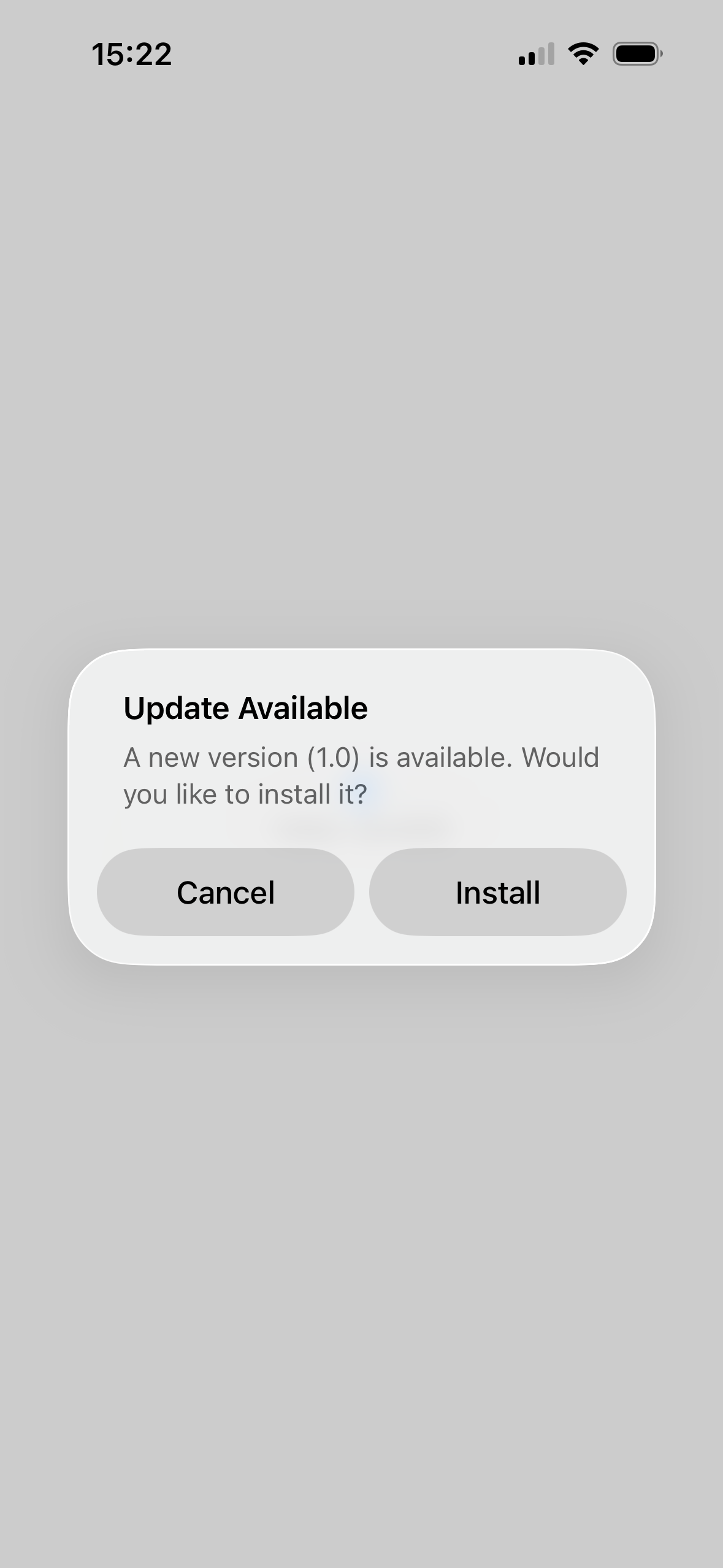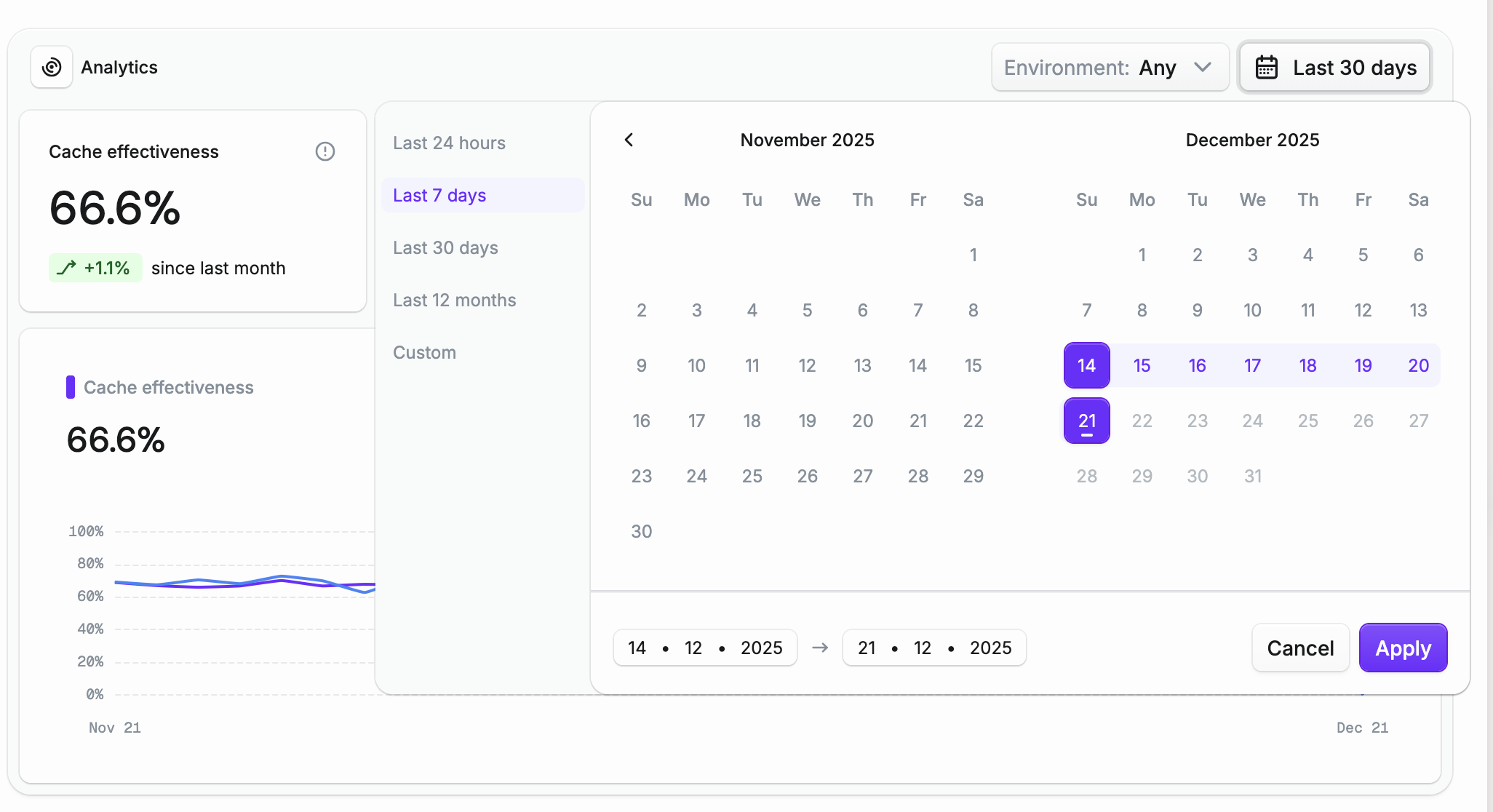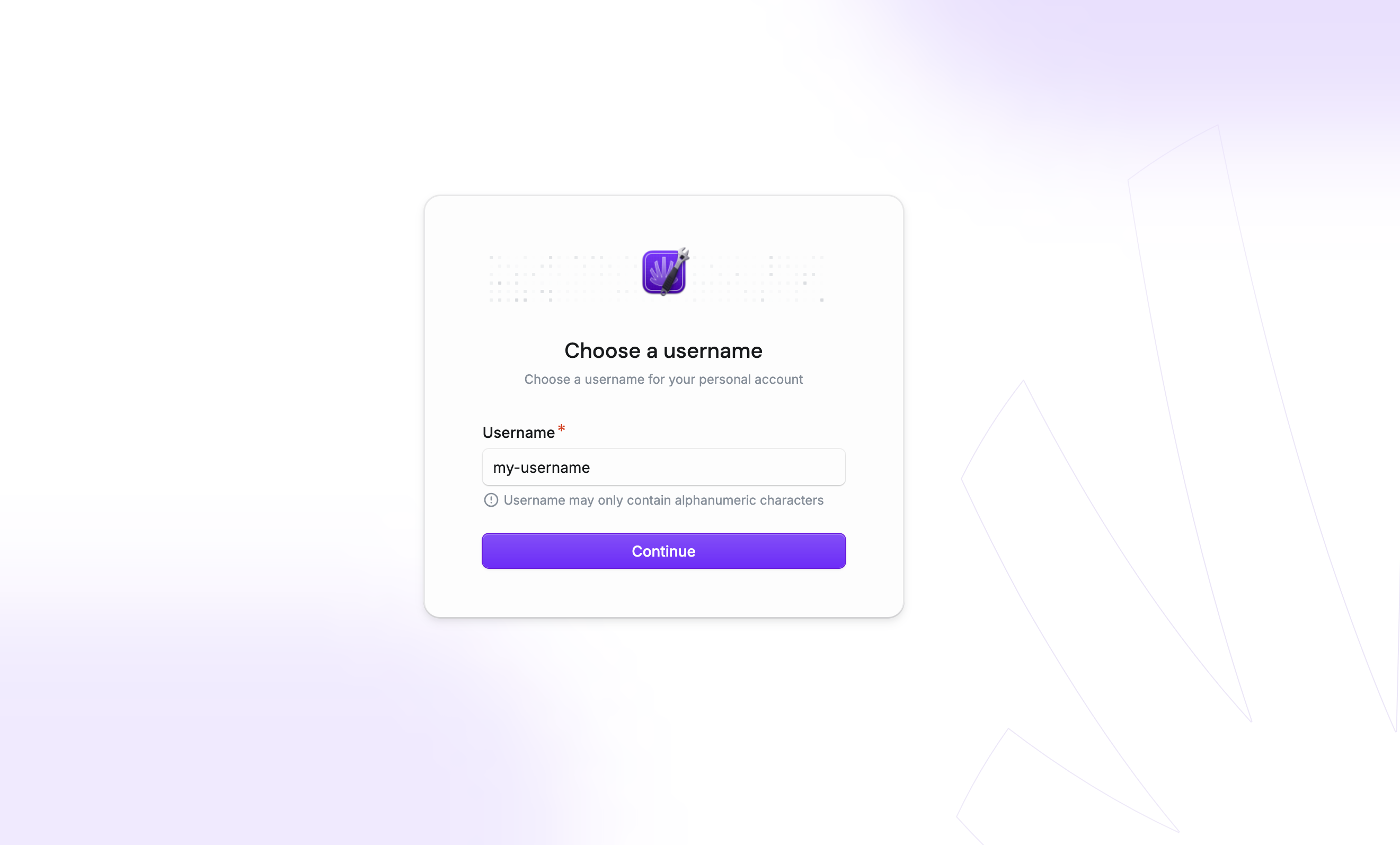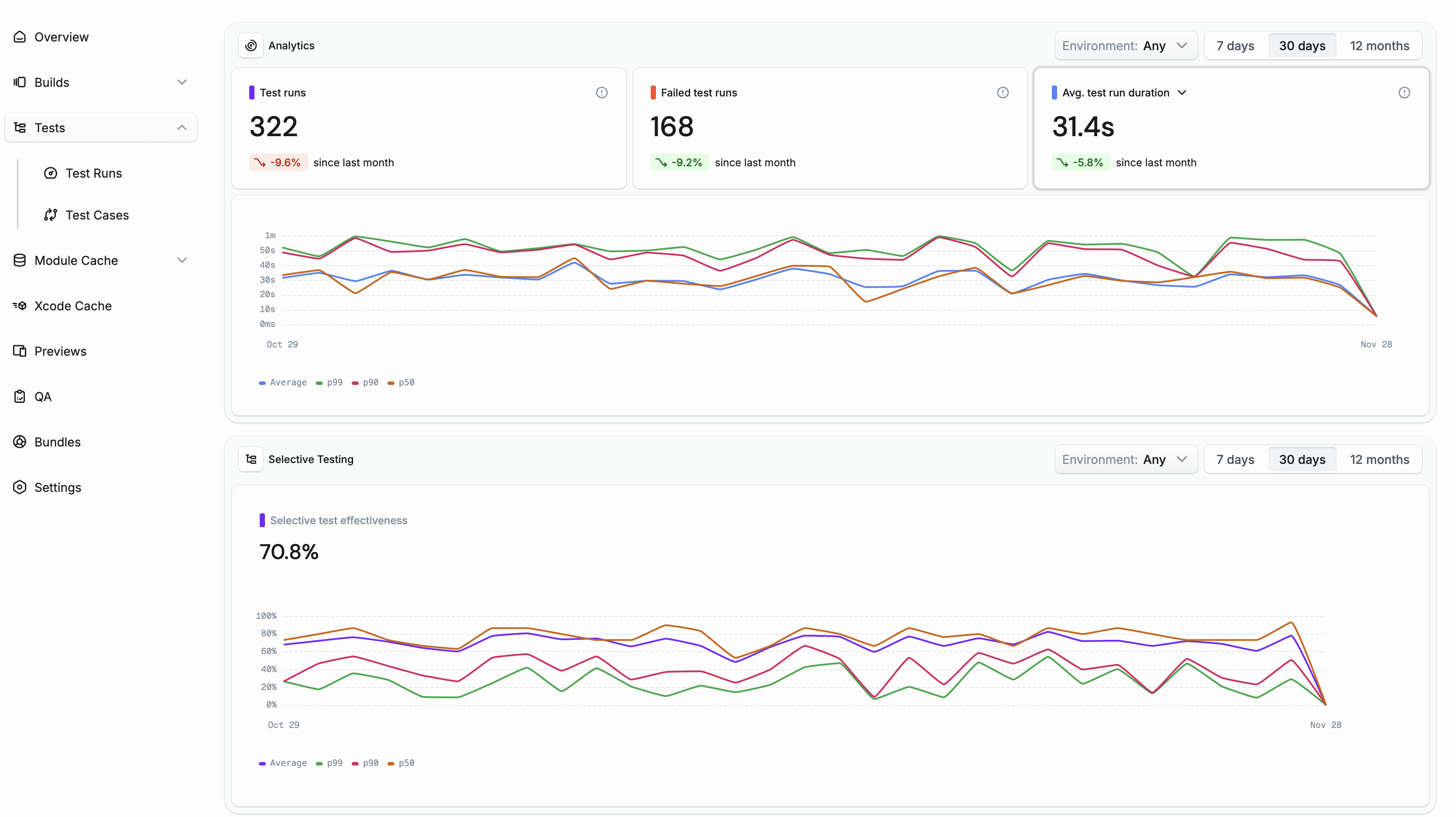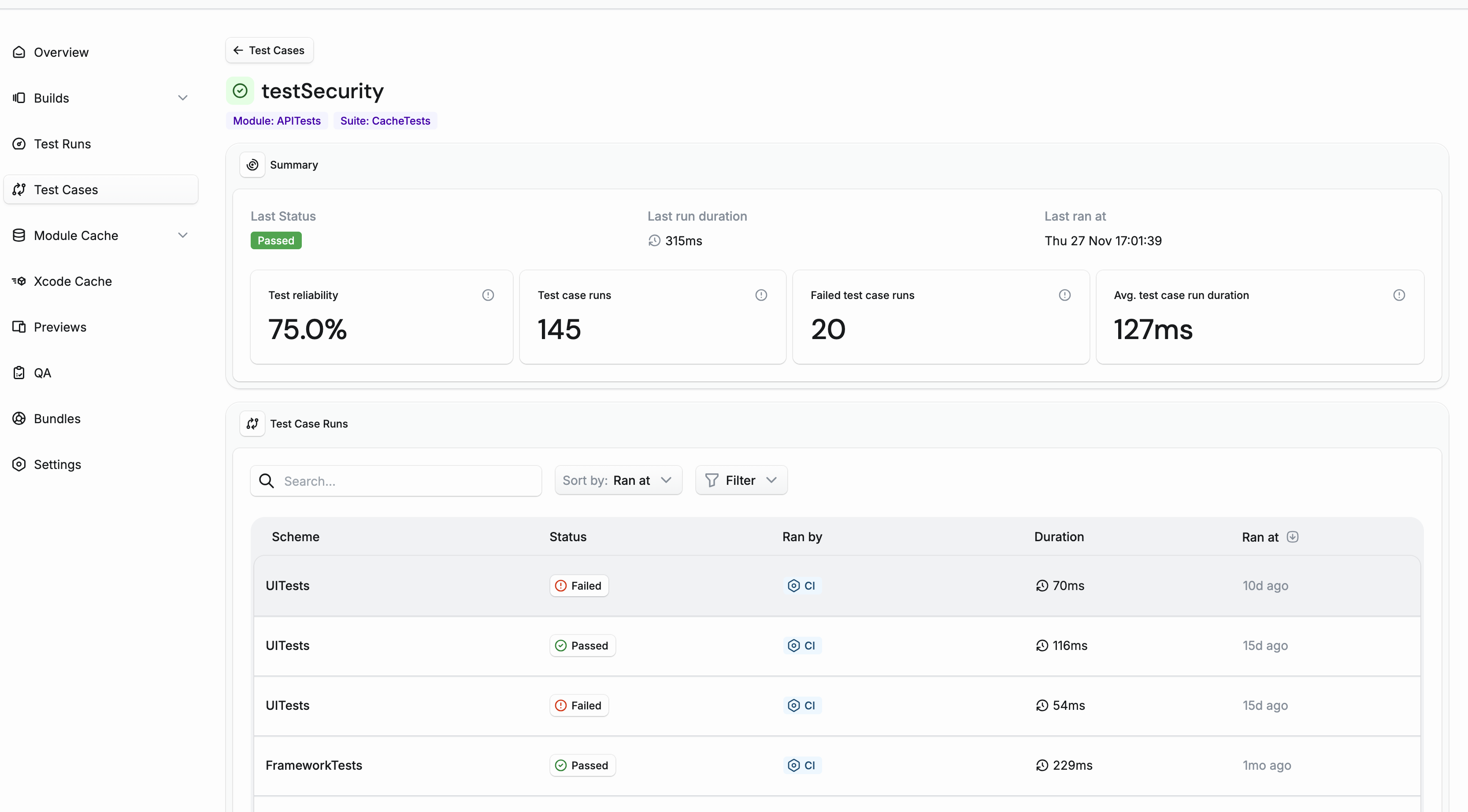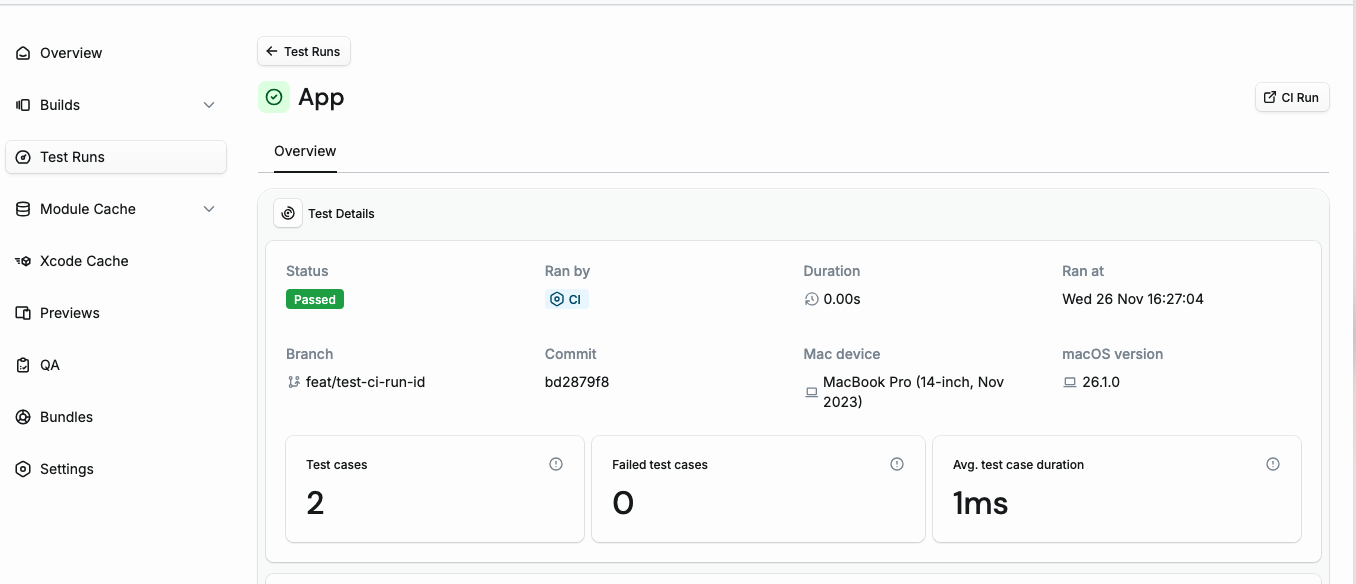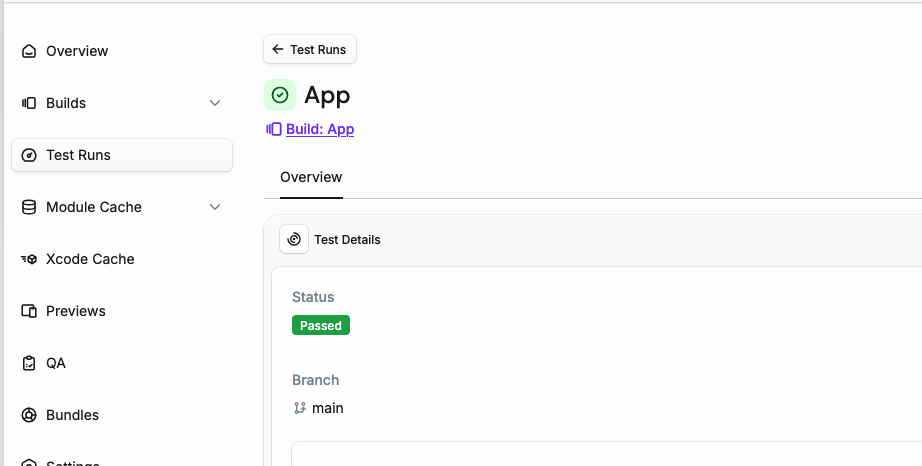We're introducing two new features to make managing and distributing previews even better.
Preview tracks
You can now organize your previews into named tracks like beta, nightly, or internal:
tuist share App --track beta
Tracks make it easy to group previews by purpose and filter them in the dashboard.
Tuist SDK
The new Tuist SDK enables your app to detect when a newer preview version is available and notify users - keeping testers on the latest build.
import TuistSDK
struct MyApp: App {
var body: some Scene {
WindowGroup {
ContentView()
.task {
TuistSDK(
fullHandle: "myorg/myapp",
apiKey: "your-api-key"
)
.monitorPreviewUpdates()
}
}
}
}
The SDK checks for updates within the same preview track. When you share with --track beta, the SDK notifies about newer builds on that track. Update checking is automatically disabled on simulators and App Store builds.
See the Previews documentation for more details.
